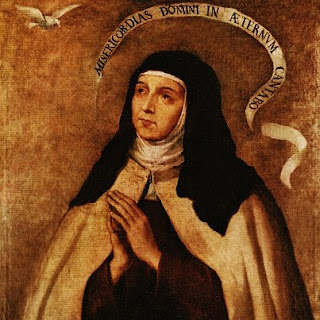Opening Prayer
from the Liturgy:
“Lord,
today we celebrate the entrance of Saint Stephen into eternal glory. He died
praying for those who killed him. Help us to imitate his goodness and to love
our enemies. We ask this through our Lord Jesus Christ, your Son, who lives and
reigns with you and the Holy Spirit, one God, for ever and ever. Amen.”
Acts
of the Apostles 6:8-10; 7:54-59; The Story of St. Stephen’s Martyrdom
One
wonders why the Church would celebrate the feast of a martyr on the Second Day
of the Octave of Christ’s nativity. Pope John Paul II supplied the answer:
“The Church calls the day of martyrdom a dies
natalis (day of birth). Indeed, by virtue of Christ's death and
Resurrection, the death of the martyr is a birth in Heaven. This is why it is so
meaningful to celebrate the first martyr the day after Christmas: Jesus who was
born in Bethlehem gave his life for us so that we too, reborn "from on high"
through faith and Baptism, might be willing to give up our own lives for love of
our brothers and sisters” (John Paul II, Angelus, Feast of St. Stephen, 2002).
“Boxing Day” is a popular tradition in England, Germany and Holland. A practiced
developed in the middle-ages whereby priests opened the parish poor box and
distributed the wealth to the poor on the feast of St. Stephen. Similarly, the
laity imitated the Church’s practice and kept their own poor “boxes” throughout
the year. On the day following Christmas, the box was opened, the money
tallied, and distributed to the poor. Eventually, Boxing Day became a day of
giving and receiving gifts.
The poor, according to the Fathers of the Second Vatican Council is defined as
“anyone in need.” Today, find those people: the lonely, the forgotten, the
shut-in, the sick, the materially poor, the spiritually poor, and give them the
gift of your presence. Do not be cynical. Do not underestimate the value of
your presence, the love you bring and the care you give. We live in a world
where many are poor, they await you on this day.














